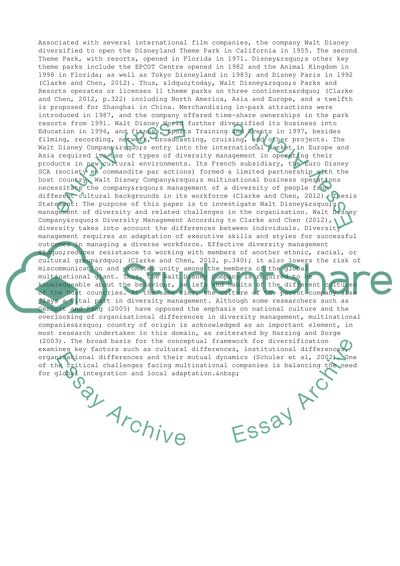Cite this document
(Walt Disney`s Management of Diversity and Its Challenges Case Study, n.d.)
Walt Disney`s Management of Diversity and Its Challenges Case Study. Retrieved from https://studentshare.org/management/1403450-how-does-walt-disney-manage-diversity-and-its
Walt Disney`s Management of Diversity and Its Challenges Case Study. Retrieved from https://studentshare.org/management/1403450-how-does-walt-disney-manage-diversity-and-its
(Walt Disney`s Management of Diversity and Its Challenges Case Study)
Walt Disney`s Management of Diversity and Its Challenges Case Study. https://studentshare.org/management/1403450-how-does-walt-disney-manage-diversity-and-its.
Walt Disney`s Management of Diversity and Its Challenges Case Study. https://studentshare.org/management/1403450-how-does-walt-disney-manage-diversity-and-its.
“Walt Disney`s Management of Diversity and Its Challenges Case Study”, n.d. https://studentshare.org/management/1403450-how-does-walt-disney-manage-diversity-and-its.


